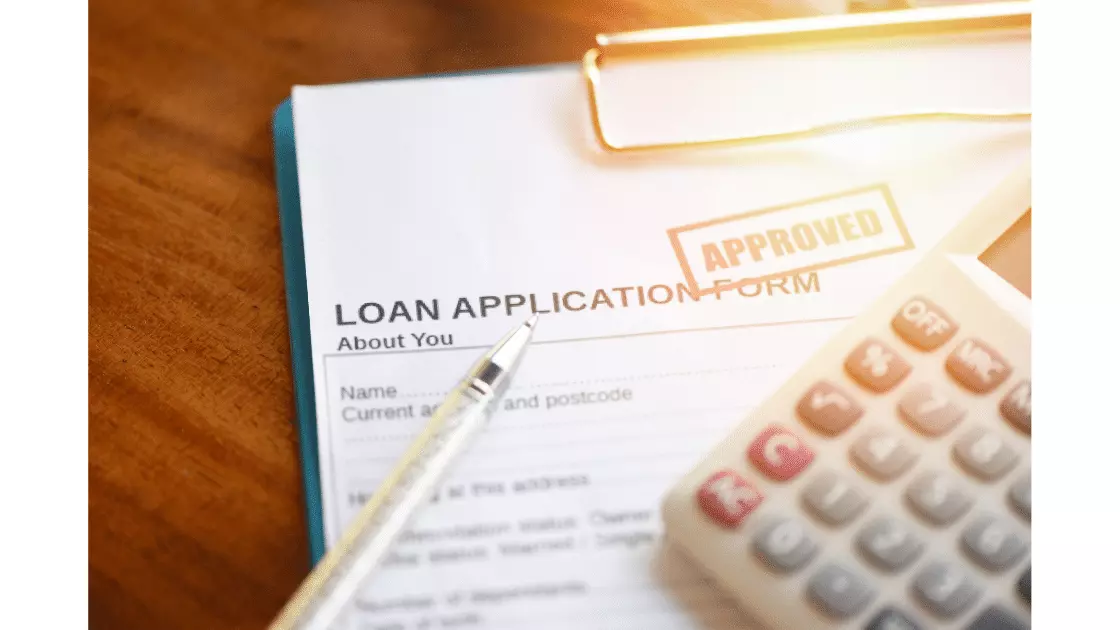When you are shopping around for a loan, you will typically be presented with an itemized list of your loan estimate, called by different names depending on the lender. A lot of people have no idea what all these items mean, so we’re going to break it down and explain each one in detail below. Let’s begin!
Table of Contents
What is Set or Items?
Not all loan estimates are created equal. At its core, a loan estimate is used to detail how much money you’ll receive from your bank and how it will be dispersed over time. But depending on which set of items appear on your loan estimate—and where they appear—your lender may have different priorities than you do. (Don’t worry: They’re required by law to keep their interests in mind.)
What Is a Loan Estimate (LE)?
When you apply for a loan, your lender is required to provide you with a loan estimate (LE) within three business days. The LE shows your total monthly payments and other details, such as closing costs, interest rate, and other fees. The estimate includes an amount for your monthly principal and interest payment, along with any additional fees that are associated with obtaining your mortgage.
How Is an LE Useful to Borrowers?
A loan estimate (LE) is simply an estimation of how much you’ll end up paying for your mortgage over time. An LE will show you all fees and costs associated with borrowing, and if you decide to move forward with your loan application, you’ll get one anyway—but getting an LE before you apply can be very useful in helping borrowers know exactly what they can expect to pay. So what set of items are listed on an LE?
What Are the Different Sections of an LE?
In a loan estimate, there are three different sections: 1) general information about you and your property, 2) costs in connection with securing the loan, and 3) other costs associated with your property. To secure an FHA mortgage, you’ll have to provide detailed information regarding your income, employment history, and assets. In addition to that personal data, you’ll also have to include information about your house or property.
How to Obtain an LE During Pre-Approval
To obtain an LE during pre-approval, you’ll need to provide documentation. This will help your loan officer determine how much you can borrow and what specific set of items will appear on your loan estimate.
The following list contains some typical documents that lenders ask for when applying for pre-approval:
Proof of income (i.e., W2s or year-to-date income tax returns);
Evidence of assets;
Copies of mortgage documents from past home loans;
pay stubs;
Valid U.S. driver’s license or state ID card.
Obtaining LE After Final Approval
If you receive final approval for your loan and receive your full loan amount, your lender will send you an LE. You’ll have 15 days to review your LE, which lists all items that are included in your mortgage—including property taxes, homeowner association dues, hazard insurance, and more. It’s important to check everything listed on your LE to ensure that it includes everything you agreed upon with your lender. If there is any confusion or uncertainty about any item listed, speak with a representative from your lender immediately.
Difference Between LOE and Loan Disbursement Schedule (LDS)
A loan disbursement schedule, or LDS, is an industry term that’s used in addition to a loan estimate. The LDS contains all of your scheduled payments to and from your lender. It also lists any fees you may have to pay during the closing, along with other fees such as processing fees and underwriting fees. The purpose of an LDS is similar to that of a line-by-line breakdown on a credit card statement; it keeps you from being surprised by any extraneous costs when closing day arrives.
Hope you like all the information we have given about Which Set of Items Appears on a Loan Estimate? If you have any questions regarding this post, then you can easily ask us by commenting. We will try to answer all your questions. and you can visit our homepage for more content.

Leave a Reply